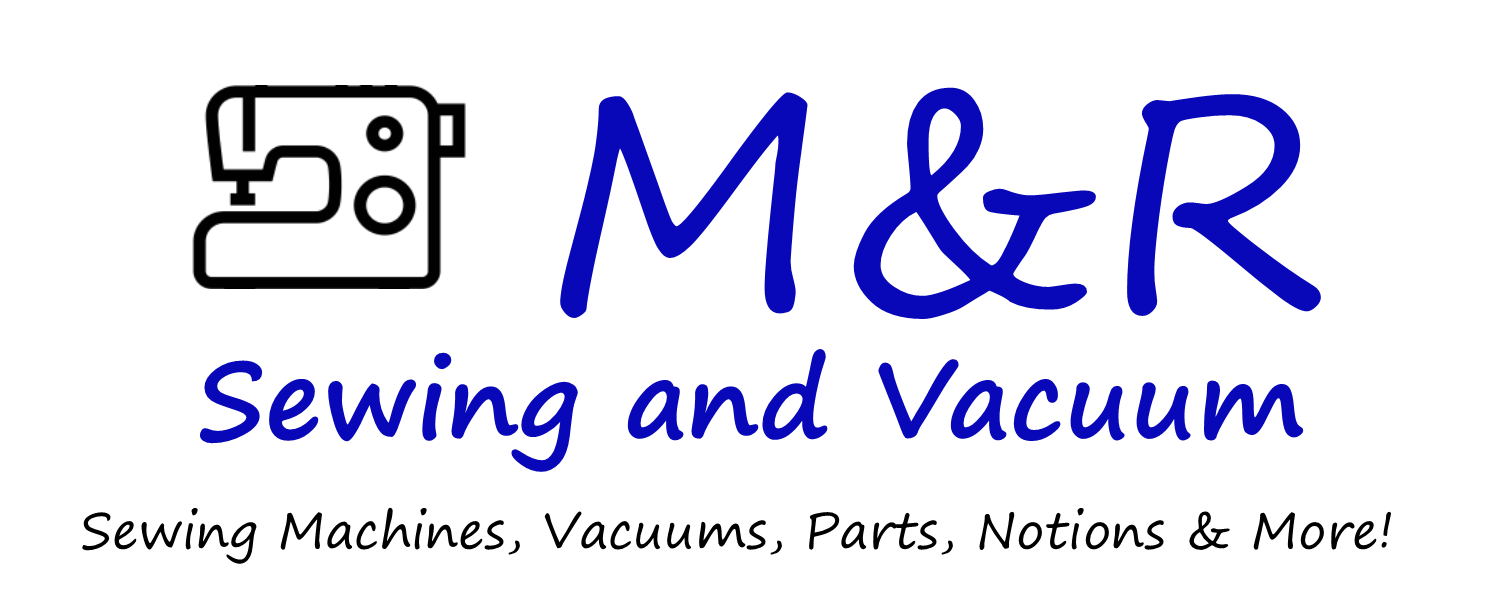We carry over 100 sizes and types of needles. Here is some information on needle types, sizes and more.
Here are the most common types of sewing machine needles.
Most household sewing machines use a 130/705H(15x1H) needle.
Fun Fact Did you know the "H" stands for Hohlkehle in German which means scarf.
Fun Fact: When you see "NM" on a pack of needle it stands for number metric and indicates the diameter of the needle blade and is measured above the needle scarf in hundredths of a millimeter. So a needle marked NM 80 the blade has a diameter of 0.80 mm.
Matching Needle Size to Thread Size
There are lots of variables when it comes to choosing the right needle size. Things like thread type and weight, fabric, number of layers and more. Here is a general guide:
As a general rule the needle eye should be 40% larger then the thread.
Schmetz Needle Guide
Click here to download the Schmetz Needle Pocket Guide in PDF.
You can also stop in and get a copy at the store.
What do those color bands on needles mean? Checkout Schmetz guide below.
Troubleshooting
As a general rule when you are having problems with thread breaking, skipping stitches and tension problems the first thing to try is unthread and rethread the machine top and bobbin. Next change the needle. Under normal sewing you should change your needle after 8 hours of sewing. We see lots of machine come in where all they needed was a new needle and rethreaded. We hear it a lot when we ask a customer when they changed there needle, they say it hasn't broken yet. The needle is one of the least expensive items on a sewing machine costing around $1. If you are having troubles, bring your machine in and we will check it out for you. If we can get you going at the counter there is no charge, if not we will give you an estimate. You can also email me at mrsewing@mrsewing.net any question and I will try an answer them but many times we will need to see the machine.


